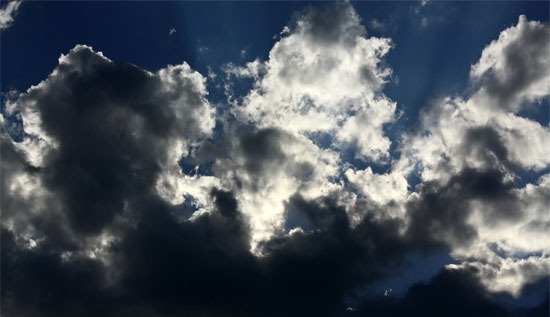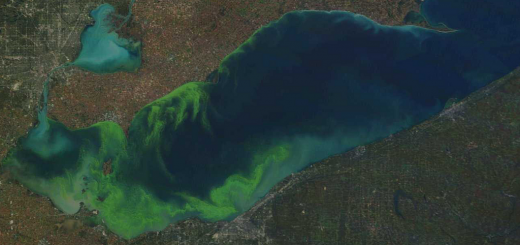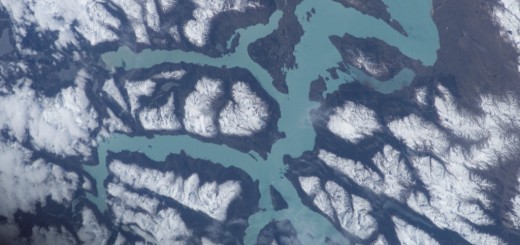Get Ready to Dig These Five Canal Lakes
0Though canal use has flattened in the United States as a way to transport goods, the 20th-century boom in canal construction created many lakes that still exist today.
Grand Lake
The land where Grand Lake sits today, near St. Marys, Ohio, was once swampland. It was flooded in the early 19th century to form the lake, which served as a transition point for the Ohio-Erie Canal.
In present day, the lake is an important rest stop for migrating waterfowl. Though it is the world’s largest manmade water body built without heavy machinery, its waters have been affected by nutrient pollution that threaten its value as a tourist destination.

Ohio’s Grand Lake. (Credit: Patrick Shepherd via Flickr)
Lake Washington
This natural water body sits near Seattle and Puget Sound and is connected to the inlet by a series of canals. These run through the city of Seattle on a west-to-east course, accommodating a 20-foot water level difference between the sound and Lake Washington.
Its canal project was completed in 1934. Prior to that time, Lake Washington drained to the Black River.

Lake Washington, January 2014. (Credit: Flickr User Brad Greenlee via Creative Commons)
Medina Lake
Texas’ Medina Lake was built as an irrigation reservoir in 1911 and was the largest such project west of the Mississippi River at the time. It serves an important role in supplying water to thousands of acres of prairie farmlands nearby.
The U.S. Geological Survey monitors water levels in Medina Lake in real time and posts the data on its website.

Medina Lake. (Credit: Wikipedia User Larry Moore via Creative Commons)
Lake White
Nestled in the rolling foothills of Appalachia, Lake White in Waverly, Ohio was built during the construction of the Ohio-Erie Canal. When the canal system was abandoned in 1913, its role shifted from a shipping point to that of a local fishing and recreation hotspot.
The 337-acre Lake White supports unlimited horsepower boating and is stocked with bluegill, largemouth bass, crappie and catfish.

Lake White. (Credit: Wikimedia Commons User Aesopposea)
Lake Barkley
The dam that formed Lake Barkley sits along the Cumberland River and was built by the U.S. Army Corps of Engineers in 1966. One mile above the dam is a canal that connects Lake Barkley with Kentucky Lake. The two water bodies run parallel for about 50 miles and are separated by a stretch of land that serves as a recreation area.

Lake Barkley (right) sits beside Kentucky Lake. (Credit: George Green, U.S. Army Corps of Engineers)













